Hello, this is Minato kid.
After the Meiji Restoration, modern literature was nurtured in our Chuo-ku. Newspapers were born one after another in Ginza Brick Street, and the information industry was developed. In addition, many cultural figures visited Chuo-ku and drew scenes of Chuo-ku in various works such as novels and plays.
Today, I examined literary people who are closely related to Chuo-ku.
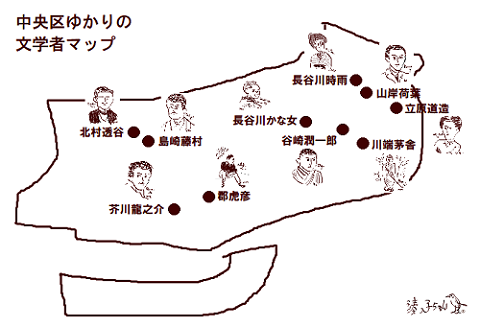
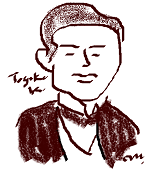
Kitamura Tokoku (Kitamura)
Meiji 1st year-Meiji 27 (1868-1894)
Literary critic and poet. Born in Odawara. In 1880 (1880), he moved to Tokyo Yazaemon-cho, Kyobashi-ku (currently Ginza 4-chome, Chuo-ku). Transferred to Yasuaki Elementary School. He is involved in the liberal rights movement set in Ginza. 1889 (1889) Announced "Shu Prison's Poet" and "Renna Song". Participated in the creation of the "Literature World" and presented numerous criticisms such as "Internal Life Theory".
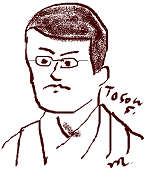
Toson Shimazaki (Shimazaki)
Meiji 5-Showa 18 (1872-1943)
Poet and novelist. Born in the house of Shoya in Nagano Prefecture. In 1881 (1881), he moved to Yariya-cho, Kyobashi-ku (currently Ginza 4-chome, Chuo-ku). He studied at Yasuaki Elementary School and graduated from Meiji Gakuin. Through the activities of the literary world, he learned Kitamura Toya and was deeply influenced. From 1907 (1907) to the following year, "Spring" was written at Kaikaikan (currently Tsukuda 3-chome, Chuo-ku), and his representative work "Before Dawn" was performed at Tsukiji Small Theater.
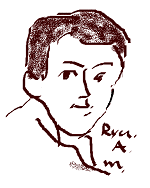
Ryunosuke Akutagawa, Ryunosuke
Meiji 25-Showa 2 (1892-1927)
Noveler. Born in a milk ranch in 8-chome, Irifune-cho, Kyobashi-ku (currently Akashi-cho, Chuo-ku). Soon after birth, he moved to his mother's home in Honjo Ward. Graduated from Tokyo Imperial University. Entered the gate of Soseki Natsume and became a doujin of the third and fourth "Shinshicho". Representative works include "Rashomon", "Nas", "Hell thread", "Kappa".
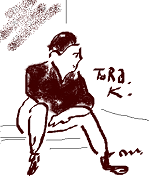
Torahiko Koori (Koori Torahiko)
Meiji 23-Daisho 13 (1890-1924)
Playwright. Born in Minami Hatchobori 3-chome, Kyobashi-ku (currently Minato 1-chome, Chuo-ku). He entered the English Department of Tokyo Imperial University from Gakushuin. "Shirakaba." In 1913 (1913), "Dojo-ji Temple" will be performed at Jiyu Theater. He traveled to Europe and wrote "Tetsuwa" and "Yoshichoki". It was performed in London and gained popularity.
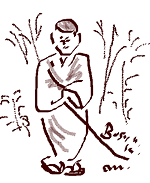
Bosha Kawabata (Kawabata)
Meiji 30-Showa 16 (1897-1941)
A poet. Born in 2-chome Kakigaracho, Nihonbashi-ku (currently Nihonbashi Ningyocho 2-chome, Chuo-ku). He became a painter and studied under Ryusei Kishida. Because of his illness, he devoted himself to Haiku and studied under Kyoshi Takahama. "grayheaded cuckoo," he said. There are "Bosha Kawabata Kushu", "Kagon" and "Shirachi" in the haiku collection.
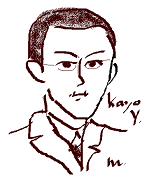
Kayo Yamagishi (Kayo Yamagishi)
Meiji 9-Showa 20 (1876-1945)
Noveler. Born in Aburamachi, Nihonbashi-ku (currently Nihonbashiodenmacho). He went to Tokyo College of Technology (the predecessor of Waseda University) and studied under Shoyo Tsubouchi. Later he entered the gate of Koyo Ozaki. "Ikuriyusha" is the same person. Announced "Nihonbashi Literature" based on the townscape where he was born and raised, such as wholesale district and geisha district. "The beginning of service", "the temperament of this life", etc. Later, he worked for the Yomiuri Shimbun as a commentator.
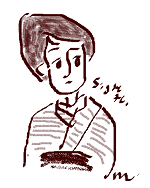
Shigure Hasegawa (Shigure Hasegawa)
Meiji 12-Showa 16 (1879-1941)
Kabuki screenwriter, legendary writer, novelist, essayist. Born in Aburamachi, Nihonbashi-ku (currently Nihonbashiodenmacho). Debuted in 1905 (1905) with "Umishione". He builds his position in the biography of women. In 1933 (1933), he published the magazine "Keiku" and sent many female writers and critics to the world. In his essay, "Old Mon Nihonbashi" is a masterpiece.
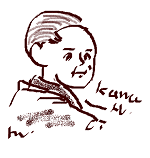
Kanajo Hasegawa (Hasegawa)
Meiji 19-Showa 44 (1887-1969)
A poet. Born in Honishi-cho, Nihonbashi-ku (currently Nihonbashi 2-chome). Supports the magazine "Kareno" presided over by her husband, Kaizo Tomita (Reiyoshi Hasegawa). He studied under Kyoshi Takahama. In 1930 (1930), he launched "Suimei" and became a pioneer of female poets. The phrasebook includes "Ametsuki" and "Lake Flute", and the essays include "Koyuki" and "Yukiki".
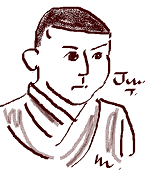
Junichirou Tanizaki (Tanizaki)
Meiji 19-Showa 40 (1886-1965)
Born in Kakigara-cho, Nihonbashi-ku (currently Nihonbashi Ningyocho 1-chome, Chuo-ku). He studied at Sakamoto Elementary School. Representative works such as "tattoo", "love of chijin", and "Shunkinsho", which are considered to be aesthetics. He also published naturalist literature and modern translations of The Tale of Genji. "Hosoyuki" published after the war is considered to be the ultimate in Tanizaki literature.
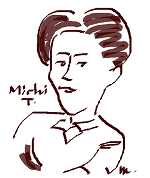
Michizo Tachihara (Michizo Tachihara)
Taisho 3-Showa 14 (1914-1939)
A poet. Architect. Born in 3-chome, Tachibanacho, Nihonbashi-ku (currently Nihonbashi Hisamatsucho, Chuo-ku). He studied at Hisamatsu Elementary School and graduated from the Department of Architecture, Faculty of Engineering, Tokyo Imperial University. I liked tanka poetry since I was a teenager and was influenced by Tatsuo Hori. Participated in the first publication of the poetry magazine "Shiki". Announced a collection of poems "Some by Kayakusa" and "Poetry of dawn and evening". Received the 1st Chuya Nakahara Award.
 He was born and raised in Chuo-ku and represents the times.
He was born and raised in Chuo-ku and represents the times.
It was interesting to note that literary activities that pioneered the times were unfolded here in Chuo-ku, as well as that each literary person was connected in Chuo-ku.
In addition, many works were born in Chuo-ku, and the appearance of the town at that time is alive in the story, and conveys the scene now. It remains in many films, not only in novels and plays, but also in films.
(The photo shows the "Kitamura Toya / Toson Shimazaki Monument" built at Yasuaki Elementary School and Yanagi Nisei in Ginza)
Correspondent Minato kid, Chuo-ku Tourism Association

No. 34 February 11, 2019
Ningyocho, Hamacho, Higashinihombashi area|
Tsukuda, Tsukishima, Kachidoki and Harumi areas|
Nihonbashi, Kyobashi and Yaesu areas|
History, culture|
Tsukiji, Shintomi, Minato area|
Kayabacho, Hatchobori, and Shinkawa areas|
Ginza area
Page top▲
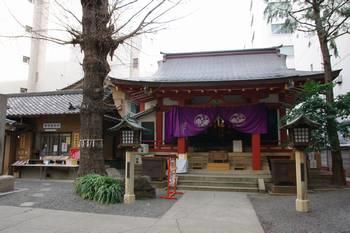
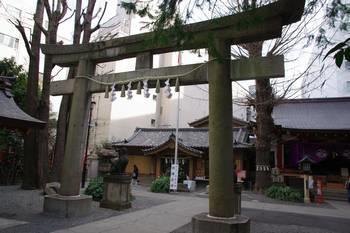
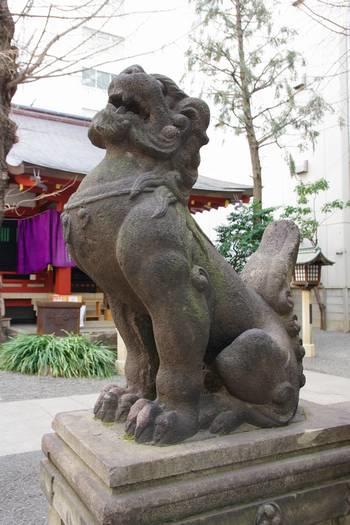
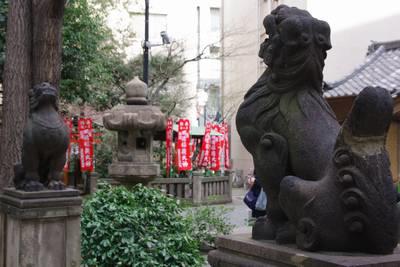
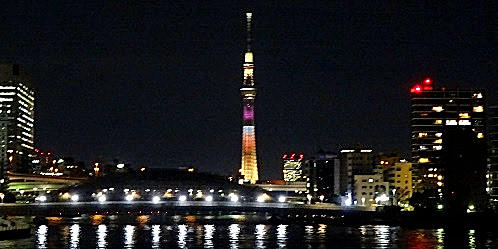
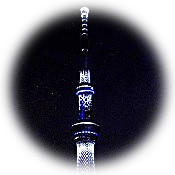 On February 14th of Valentine's Day, "Valentine Special Lighting" is lit at Tokyo Sky Tree.
On February 14th of Valentine's Day, "Valentine Special Lighting" is lit at Tokyo Sky Tree.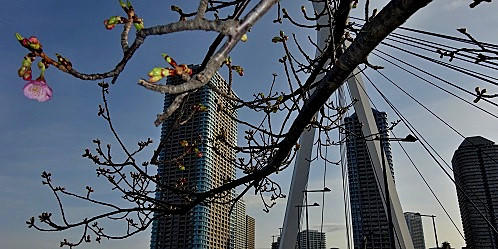
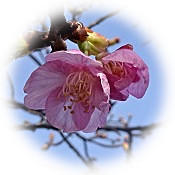 Three Kawazu cherry blossoms planted on the northeast side of the Sumida River Terrace Chuo-ohashi Bridge along Shinkawa Park (Shinkawa 2) along the Sumida River Terrace Chuo-ohashi Bridge are blooming.
Three Kawazu cherry blossoms planted on the northeast side of the Sumida River Terrace Chuo-ohashi Bridge along Shinkawa Park (Shinkawa 2) along the Sumida River Terrace Chuo-ohashi Bridge are blooming.










 He was born and raised in Chuo-ku and represents the times.
He was born and raised in Chuo-ku and represents the times.

